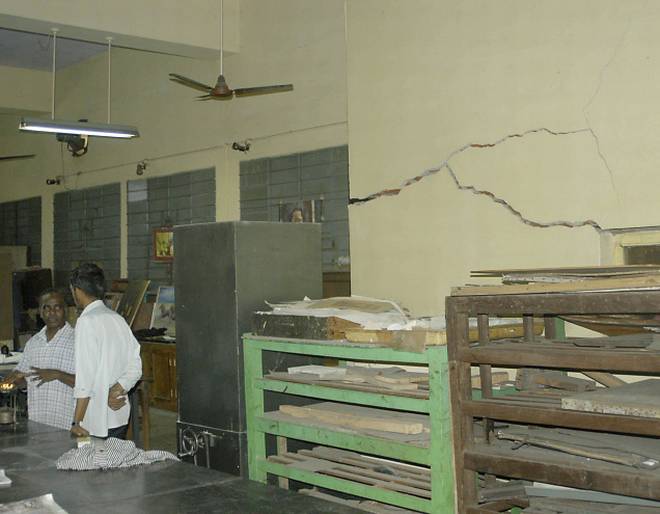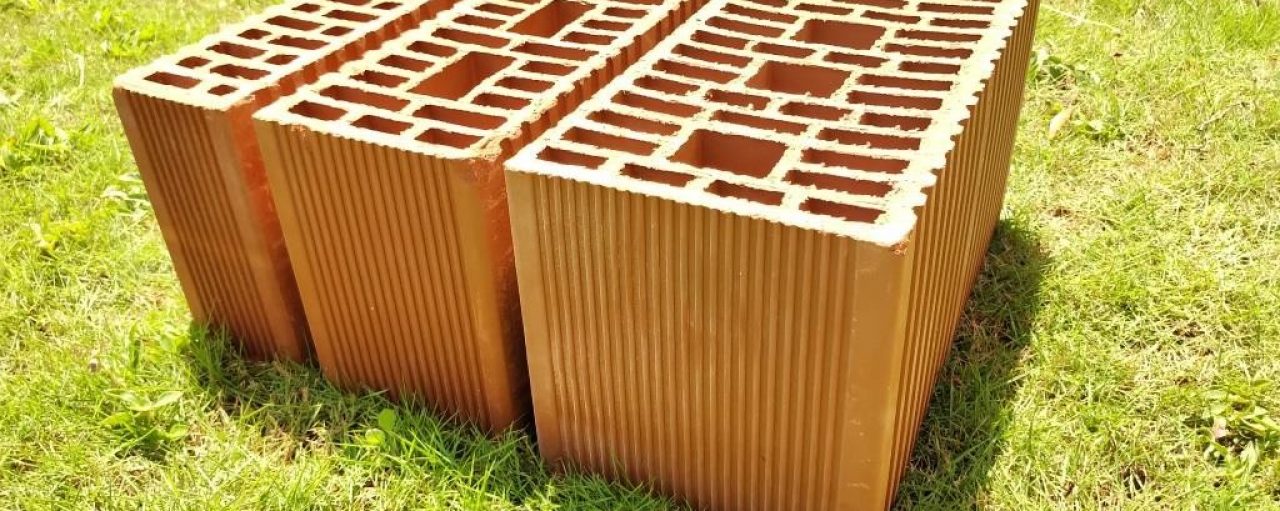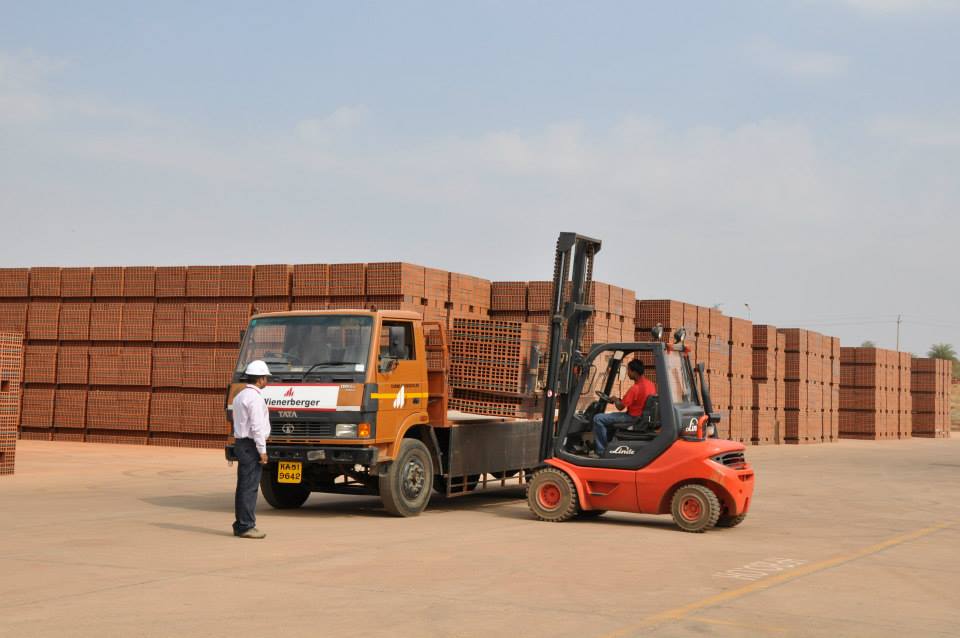Aging and natural deterioration of the building can result in many types of defects. While most of the defects are localized and non-structural in nature, there are few which are severe and can affect the structural safety of the buildings. Homeowners should always be aware of the condition of their buildings. One of the best ways to avoid unnecessary panic is by identifying the defects early on and carry out timely repair and maintenance works to keep the building in sound structural condition. One of the most important defects to monitor are the cracks in buildings.
Cracks In Buildings – Why Take It Seriously
Cracks can occur due to various reasons chemical reactions in construction materials, foundation movements and settling of buildings, changes in temperature and climate, environmental stresses like the nearby movement of trains, earthquakes etc. Faulty and defective design, poor quality materials, incorrect methods of construction, weather, and loads of wear and tear can create cracks.
But are cracks a serious issue? Well, since they occur commonly you might think it’s not, but, that’s not right. In reality, if you ask this question to a professional even he might find it difficult to answer instantly. The reason is simple, some cracks are not serious and are easy to repair and some can be a sign of a serious defect, which may can result into danger of the building collapsing or demand expensive repair costs.
Hence, taking cracks seriously is important. In general, cracks appear in the wall’s bricks/block mortar plaster, columns –wall joints, beam-wall joints, slabs, beams, columns, foundations and in many other places of the building structure. And yes, inspecting cracks in a building is not a simple task, hence, take the help of a professional who can diagnose them well.
The Top 12 Reasons Of Cracks In Buildings
Most of the buildings develop cracks at some point in time during their lifetime, following are the top 12 reasons that cause them:
buy modafinil uk debit card 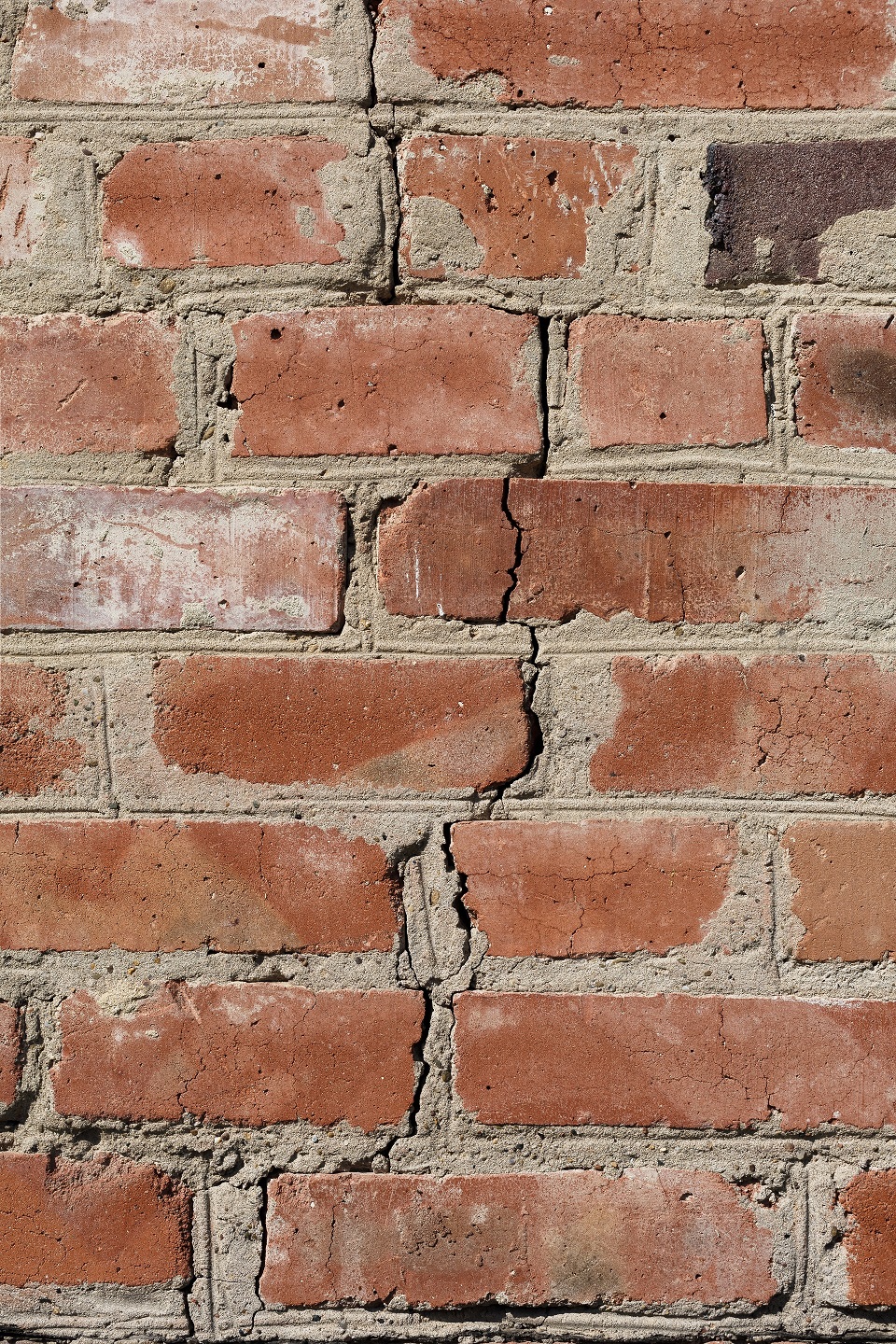 1. Initial Shrinkage
1. Initial Shrinkage
Building materials like brickwork, concrete, etc. shrink in the beginning. This shrinkage is partially irretrievable. Shrinkage cracks in buildings wall can be reduced by using less rich cement mortar in the masonry and by suspending application of plaster on the brickwork surface, basically when the masonry has experienced most of its early shrinkage and has dried well after proper curing.
Shrinkage cracks in rendering/plastering can be minimized by using mortar for the plaster which is less rich and perfect for providing resistance to durability and abrasion.
Myski 2. Thermal Movement
All building materials expand on heat and contract on cooling. Thermal movement in the components of building structure creates cracks owing to tensile of shear stresses. But again, the scale of movement depends on their molecular structure and other properties. Thermal changes are one of the strongest causes of cracks in buildings and demand attention.
In India, daytime and seasonal changes are normally of the order of 5°C to 20°C and 0°C to 25°C, correspondingly. Daily changes are more rapid and have a higher damaging effect than the seasonal changes, which are regular. On the other hand, in seasonal changes, the pressure gets relieved to a large extent on account of creep.
3. Elastic Deformation
Unevenly loaded walls suffer huge variation in stress in different parts which causes cracks in walls. When two construction materials (masonry, concrete, steel, etc) with wide different elastic properties under the effect of load are built together, different shear stresses in these materials result in cracks at the junction. Dead and live loads cause elastic deformation in structural components of a building.
The amount of deformation is dependent hugely upon the elastic modulus of the material, the magnitude of loading and dimension of the components.
4. Creep Movement
Gradual and slow time-dependent distortion of the concrete structure under constant loads is known as creep. It can generate extreme stress and lead to the development of cracks. Additionally, creep increases with increase in cement and water content, water-cement ratio and temperature. Added to that, pozzolans and admixtures tend to increase the creep. Also, the increase of temperature in the steel bars surges creep as well. It decreases with a rise in the humidity of neighboring atmosphere and age of building material at the time of loading.
The mechanism of creep is still vague and not visibly understood. At low-stress levels, it is believed to be due to seepage and viscous flow and at high-stress levels, it can be due to microcracking and inter-crystalline slip.
5. Chemical Reaction
Chemical reactions in building materials increase their overall volume and internal stress which results in cracks. The materials involved weaken due to chemical reactions.
Carbonation in cement-based materials, sulphate attack on cement products, alkali-aggregate reaction, and corrosion of reinforcement in concrete are few of the most common types of chemical actions on building materials.
6. Foundation Movement and Settlement of Soil
Shear cracks happen due to huge differential settlement in the foundation. Structures constructed on expansive soils which are vulnerable to swelling on absorbing moisture and shrink on drying due to change in moisture content of the soil are highly prone to cracking.
Shear cracks occur due to any of the following causes.
- Unequal bearing pressure under different parts of the structure
- A low factor of safety in the design of foundations
- Bearing pressure being in excess of the safe bearing strength of the soil
- Local distinction in the nature of supporting soil
These are serious cracks as they occur due to foundation movement of the corner and end of the building structure, hence demand special measures to prevent such cracks.
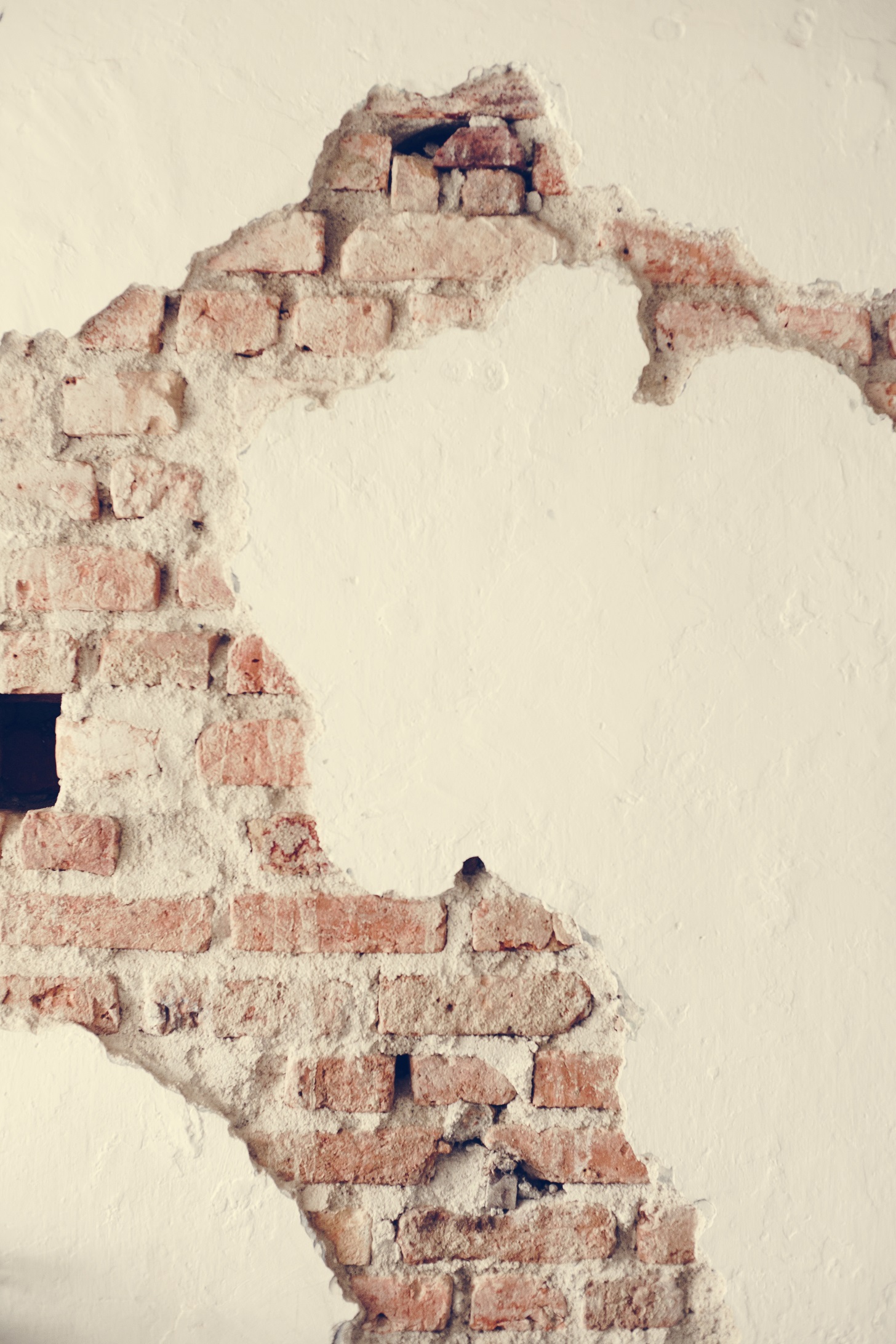 7. Cracking Due To Vegetation
7. Cracking Due To Vegetation
The existence of any form of vegetation can be a reason of cracks in the walls of a building. This is mainly due to the expansive action of roots growing in the brick masonry or under the foundation. Simply put, the roots of trees set in the vicinity of a wall can create cracks in walls due to the growth of roots under foundation. The cracks occur in clay soil due to moisture contained by roots.
8. Permeability Of Concrete
The deterioration process in concrete starts with the penetration of several aggressive agents and is a major cause of cracks on walls. Essentially, it dictates the capacity of concrete to survive weathering action, chemical attack, or any other process of deterioration. Hence, low permeability is the main factor to concrete resilience. There are several factors which control concrete permeability, water-cement ratio, curing, air voids due to deficient compaction, use of admixtures, micro-cracks due to loading, cyclic exposure to thermal differences, and oldness of the concrete.
The permeability of cement mixture is a function of water-cement ratio given great quality materials, suitable proportioning and good construction practice. the permeability of the concrete is a straight function of the interconnection and porosity of pores of the cement paste.
9. Structural Design
Poor or bad structural design and specifications are another striking cause of the cracks in concrete works. The designer needs to consider all the environmental aspects which include soil investigations, this will enable the designer to come up with a proper robust design of the foundation.
10. Poor Workmanship
Inferior mixing of construction materials, like sand, cement, and aggregate cause cracks on the walls, slabs, beams, etc. Poor workmanship is normally a result of a lack of proper supervision, ignorance, negligence, carelessness, negligence, and many others or a combination of all these.
11. Poor (Or) Lack Of Maintenance
It is crucial to always take good care of your house, and this can be done by doing regular maintenance works. This ensures the building structure is intact and it also adds to its lifespan.
12. Natural Forces
Earthquakes, tremors, winds, rains, floodings like the Kerala Havoc and many others can cause cracks in the buildings.
Final Thoughts
Well, we haven’t discussed any tips or remedies to avoid cracks because there are many technical reasons involved in it. While minor cracks in walls of your home are a part of the happiness of living, it is extremely important to contact your builder/contractor right away if you become concerned that a serious issue may be developing. Knowing the causes of cracks in buildings will help you ask some critical questions, before taking up any repair work.
Time for Pro Tip
Porotherm clay bricks are horizontally perforated clay bricks. These bricks are used for non-load bearing partition walls or infill masonry. Porotherm Bricks can save your walls from unwanted cracks that are caused use to shrinkage, dampness, and higher water absorption. So, how does Porotherm ensure crack free walls?
Porotherm can play a momentous role in preventing cracks in new buildings. For more information on Porotherm call +91 4149 1682 or mail us at marketing@wienerberger.in, or visit us at www.wienerberger.in.
You May Also Like – Explore The Reason Behind Cracks In Walls Of New House
Authored by a Building Expert from Wienerberger India
For an expert advice, drop a word at our email id gosmartbricks@gmail.com


